André Breton, architecture, architextures, art, art and design, dada, dadaism, Francesca, hyper-realistic, Jean Cocteau, Joan Miró, Luis Buñuel, Max Ernst, Persistence of Memory, René Magritte, Salvador Dali, Sigmund Freud, surrealism, Surrealist Manifesto, The Elephant Celebes, The Treachery of Images
Surrealism: Liberation of the Imagination
From Dreamscapes to Modern Relevance
In tandem with our re-OpenLab ‘Architextures’ music series hosted by Francesca, here we look at Surrealism, an artistic and literary movement that emerged in the early 1920s, advocating for the liberation of imagination and the unconscious.
Fuelled by the trauma of World War I, the movement sought to escape the constraints of rational thought, rejecting realism and embracing the absurd, the dreamlike, and the subconscious. Founded by French poet André Breton, who published the Surrealist Manifesto in 1924, Surrealism has had a profound impact on both art and culture, influencing not just painting, but literature, film, photography, and even philosophy. Today, nearly a century after its inception, Surrealism continues to inspire contemporary artists and thinkers, reminding us of the powerful interplay between reality and imagination.
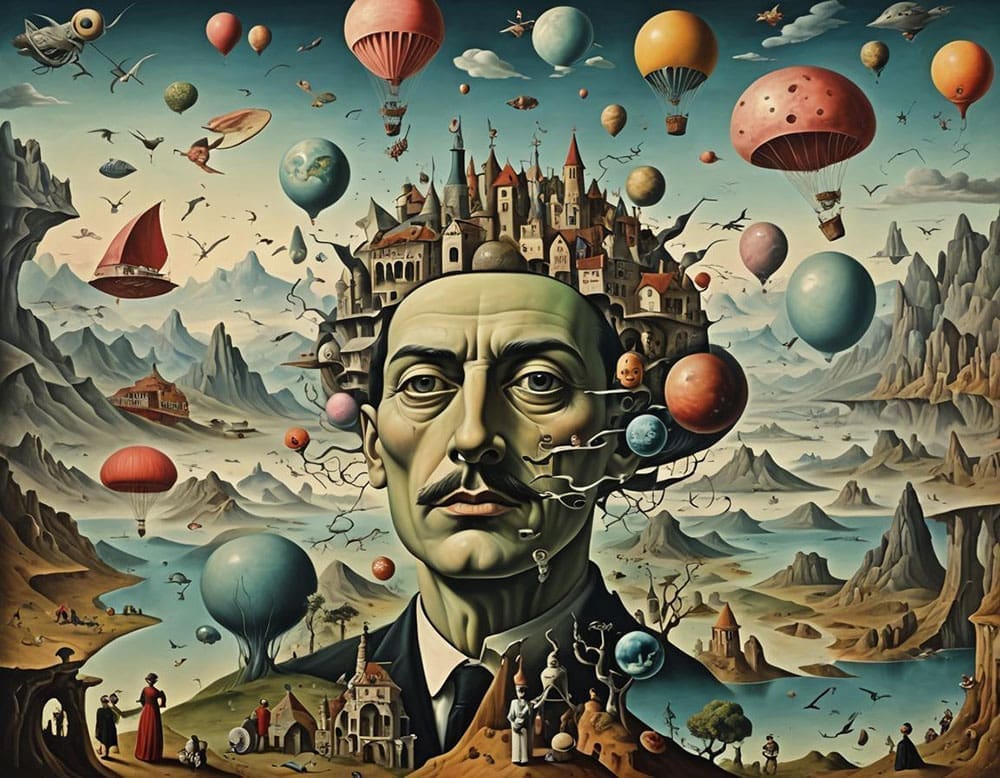
A Rebellious Movement
Surrealism grew out of Dadaism, a similarly rebellious movement that emerged in reaction to the senselessness of war and the nihilism it inspired. However, while Dada was characterized by its anarchic and anti-art stance, Surrealism sought to explore the deeper layers of the human psyche.
Influenced by the psychoanalytic theories of Sigmund Freud, Breton and other Surrealist artists aimed to depict dreamlike scenes and irrational juxtapositions, believing that these representations could reveal profound truths about the human condition. The movement attracted a wide range of artists, including Salvador Dalí, Max Ernst, René Magritte, and Joan Miró, who each contributed to the Surrealist vision through their unique approaches to painting, sculpture, and other forms of artistic expression.
“Surrealism is destructive, but it destroys only what it considers to be shackles limiting our vision.”
Salvador Dalí
Table of Contents
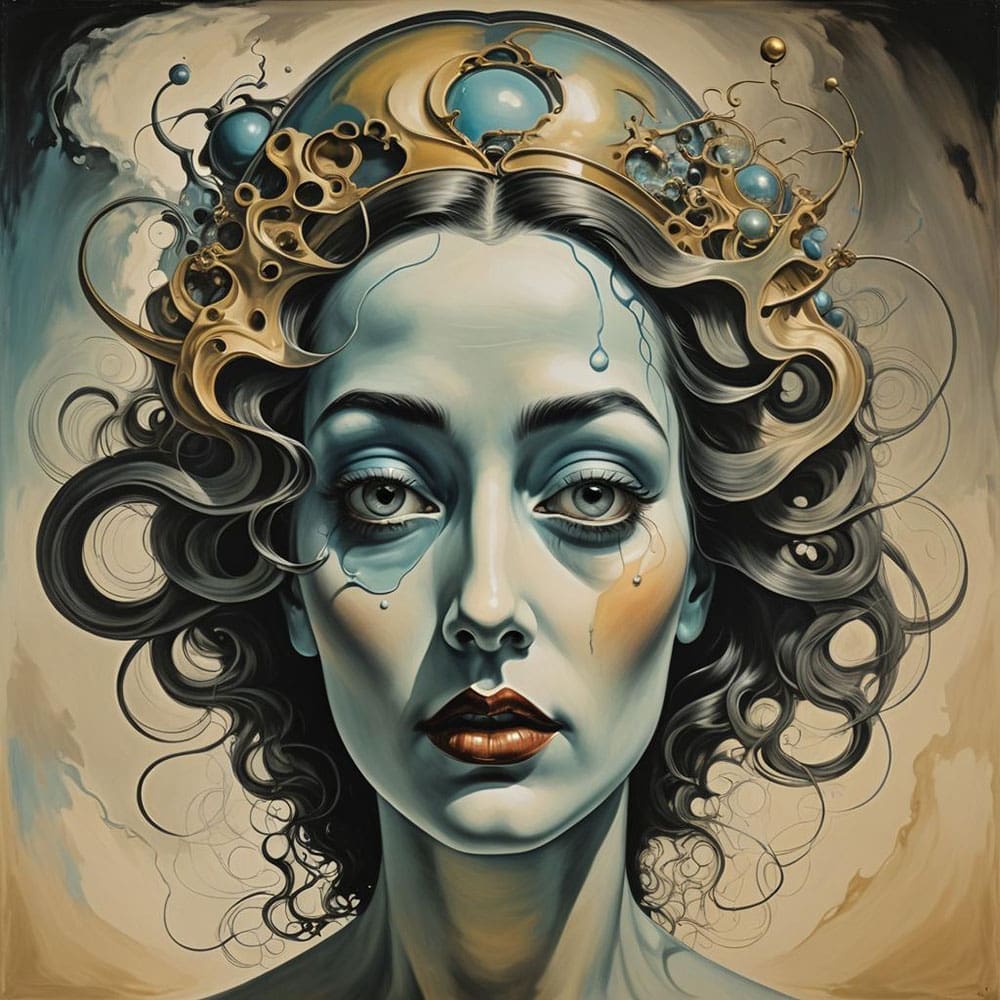
Origins and Development of Surrealism
Surrealism officially began in Paris in 1924 with Breton’s Surrealist Manifesto, which called for an art form free from logical thought and open to the irrational forces of dreams and the subconscious. Breton was inspired by Freud’s exploration of the unconscious mind, particularly his emphasis on dreams as a gateway to deeper psychological understanding. For Breton and his fellow artists, Surrealism was not merely an aesthetic or artistic movement, but a revolutionary approach to life itself. The movement sought to dismantle bourgeois values and create a new way of seeing the world, one that embraced chaos, contradiction, and spontaneity.
A Global Phenomenon
By the late 1920s, Surrealism had grown into a global phenomenon. Artists from across Europe and beyond began to embrace Surrealist principles, contributing to an eclectic and diverse body of work. Though initially grounded in visual art and literature, Surrealism extended its influence to film, theatre, and even politics. In the 1930s and 1940s, Surrealist art reached new heights of popularity, especially in the United States, where artists like Dalí and Breton found refuge during World War II. Surrealist films by directors like Luis Buñuel (Un Chien Andalou, 1929) and Jean Cocteau (The Blood of a Poet, 1930) pushed the boundaries of narrative structure and visual symbolism, embodying the movement’s ethos of dreamlike, nonlinear storytelling.
“The mind which plunges into Surrealism, relives with burning excitement the best part of its childhood.”
André Breton
Iconic Examples of Surrealism
Salvador Dalí and The Persistence of Memory
Salvador Dalí is perhaps the most famous artist associated with the Surrealist movement, known for his fantastical, often bizarre imagery. His 1931 painting The Persistence of Memory remains one of the most iconic images in art history, featuring a landscape of melting clocks draped over objects in a desolate, dreamlike setting. This painting epitomizes Dalí’s technique of “paranoiac-critical” creation, in which he induced a hallucinatory state to unlock the subconscious. The disintegration of time, symbolized by the melting clocks, reflects the Surrealist fascination with the malleability of reality in dreams.

Hyper-Realistic Detail
Dalí’s work often combined hyper-realistic detail with surreal, illogical elements, creating a tension between the familiar and the strange. In The Persistence of Memory, the viewer is presented with a world that seems recognizably tangible but is also deeply unsettling, reflecting the Freudian exploration of the unconscious. This painting, along with others by Dalí, demonstrates the Surrealist belief that art should disrupt the viewer’s perception of reality, challenging preconceived notions and opening the mind to new possibilities. Dalí’s influence on Surrealism and modern art in general is immeasurable, with his works continuing to captivate audiences worldwide.
*All book images suggest books that offer in-depth insights into the history, design philosophy, and impact of Surrealism and all book images Open a New tab to our Bookshop.
**If you buy books linked to our site, we get 10% commission from Bookshop.org, whose fees support independent bookshops.
René Magritte and The Treachery of Images
René Magritte, another key figure in the Surrealist movement, is renowned for his ability to provoke thought through deceptively simple yet profoundly philosophical images. His 1929 painting The Treachery of Images, depicting a pipe with the caption “Ceci n’est pas une pipe” (“This is not a pipe”), exemplifies his exploration of the relationship between words, images, and reality. By presenting an object that clearly resembles a pipe but labelling it as “not a pipe,” Magritte forces the viewer to question their assumptions about representation and meaning. The work is a commentary on the limitations of language and the way images can deceive, reflecting Surrealism’s broader interest in the unreliable nature of perception.
Unusual or Unexpected Contexts
Magritte’s work is characterized by his use of everyday objects in unusual or unexpected contexts, which challenges the viewer’s understanding of reality. In The Treachery of Images, Magritte plays with the viewer’s sense of logic, presenting a paradox that cannot be easily resolved. This emphasis on ambiguity and contradiction is a hallmark of Surrealist art, which seeks to disrupt rational thinking and evoke a sense of wonder and confusion. Magritte’s influence extends far beyond the Surrealist movement, with his work continuing to inspire contemporary artists, filmmakers, and philosophers.
Max Ernst and The Elephant Celebes
Max Ernst was one of the most innovative and experimental artists within the Surrealist movement, known for his use of techniques such as frottage (rubbing) and decalcomania (pressing paint between surfaces to create random textures). His 1921 painting The Elephant Celebes is a striking example of his ability to merge the mechanical with the organic, featuring a large, elephantine figure that resembles both a machine and a living creature. The painting is filled with strange, disjointed forms that evoke the irrationality and disorientation of dreams, in keeping with Surrealist principles.
A World Increasingly Dominated by Technology and War
Ernst’s work is often described as dreamlike, but it also reflects the anxieties of a world increasingly dominated by technology and war. The Elephant Celebes can be seen as a commentary on the dehumanizing effects of modernity, blending elements of machinery and surreal, organic forms to create a disturbing and alien landscape. Ernst’s ability to manipulate materials and techniques to evoke the unconscious made him a key figure in the Surrealist movement, and his influence can be seen in the work of later artists like Jackson Pollock and the Abstract Expressionists.
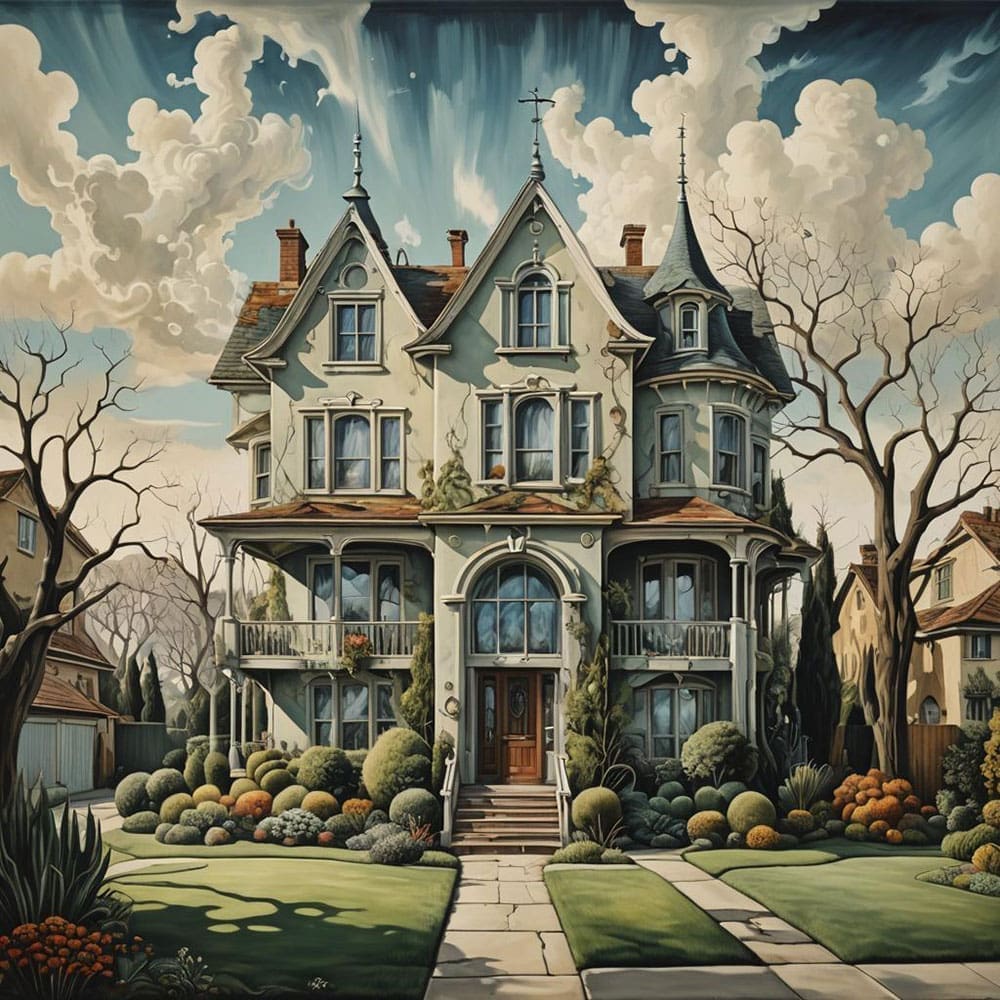
Surrealism Today: Reappraisal and Legacy
Though the Surrealist movement began to wane after World War II, its legacy continues to be felt in contemporary art, film, and literature. Surrealism’s emphasis on the subconscious, dreams, and the irrational has had a lasting impact on various forms of artistic expression, from abstract painting to experimental cinema. Today, Surrealist techniques such as automatic writing, collage, and juxtaposition are still used by artists seeking to explore the boundaries of imagination and reality.
A Resurgence of Interest in Surrealism
In recent years, there has been a resurgence of interest in Surrealism, particularly in light of the growing popularity of digital art and virtual reality. These new mediums provide artists with unprecedented opportunities to create dreamlike, immersive worlds that reflect the Surrealist vision of a reality unbounded by logic or reason. Additionally, contemporary political and social movements have drawn on Surrealism’s revolutionary spirit, using art as a means of challenging established norms and envisioning new possibilities for the future.
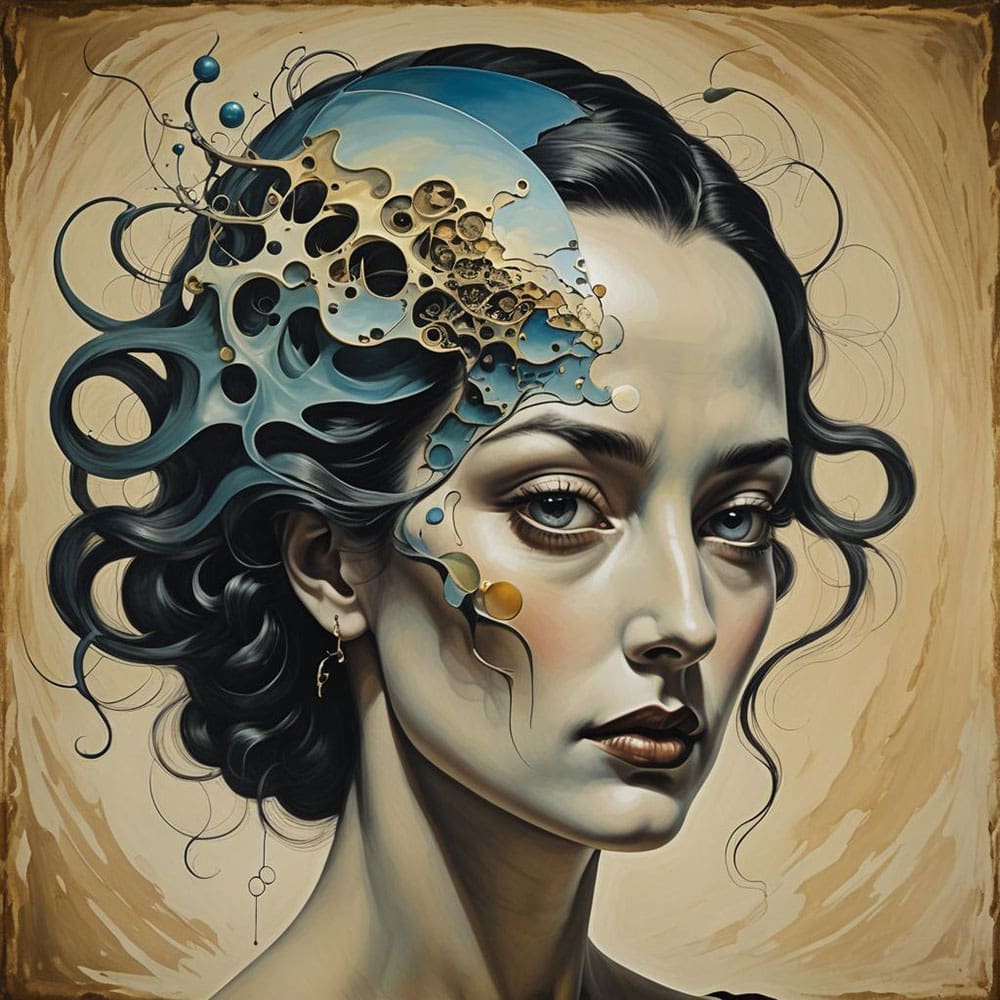
The Future of Surrealism
Surrealism’s future lies in its continued relevance as a tool for exploring the depths of human experience. As technology evolves, artists are finding new ways to integrate Surrealist principles into their work, using digital platforms to create surreal, immersive environments. In an increasingly complex and interconnected world, Surrealism offers a way to navigate the contradictions and uncertainties of modern life, providing a space for imagination, experimentation, and resistance to the confines of conventional thought.
While Surrealism as a formal movement may have peaked in the mid-20th century, its ideas remain deeply embedded in the fabric of contemporary culture. Whether in the fantastical realms of virtual reality, the playful distortions of visual art, or the subversive narratives of literature and film, Surrealism continues to challenge our perceptions and push the boundaries of what is possible. As long as there are artists who seek to transcend the limitations of the material world and explore the infinite potential of the human mind, Surrealism will remain a vital and dynamic force in the arts.
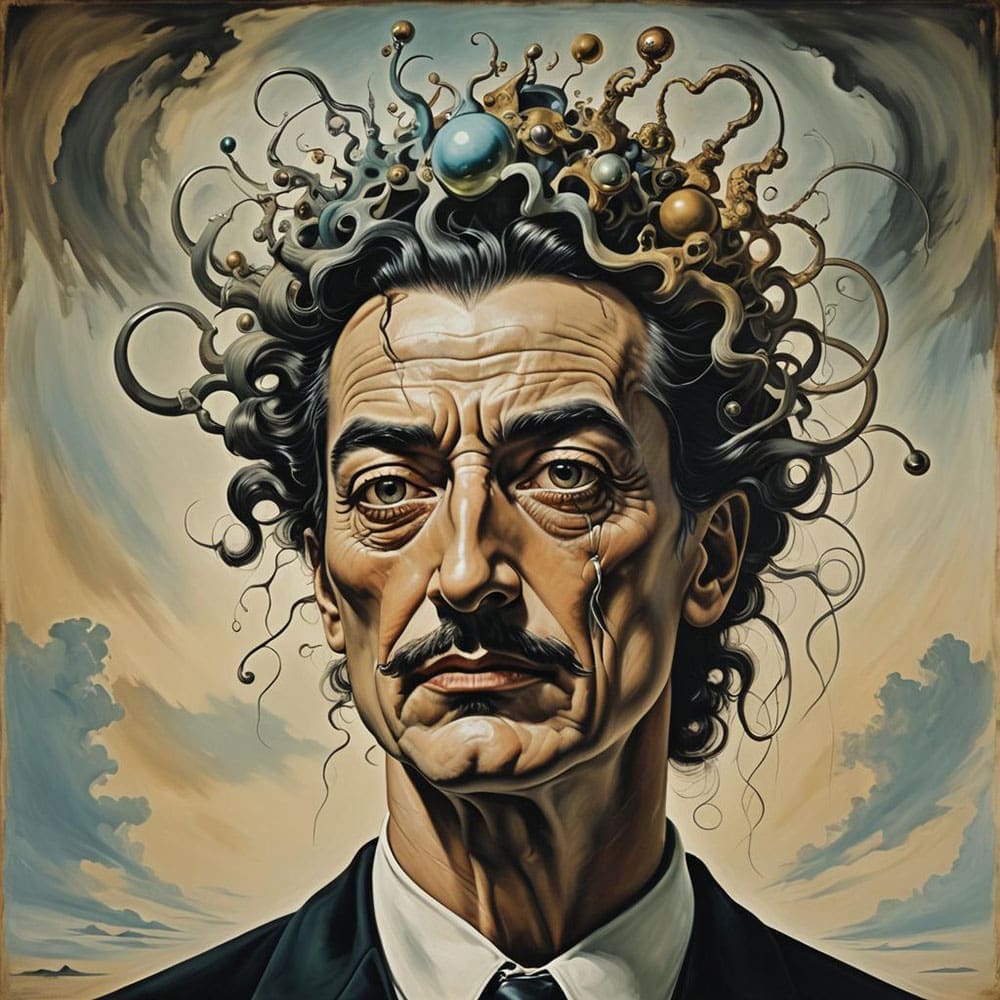
Born out of a Desire to Break Free
Surrealism remains one of the most influential and enduring movements in modern art. Born out of a desire to break free from the constraints of rational thought and explore the depths of the unconscious, Surrealism has left an indelible mark on painting, literature, film, and beyond. From Dalí’s dreamscapes to Magritte’s philosophical puzzles and Ernst’s fantastical creatures, Surrealism has reshaped our understanding of reality and imagination.
Today, its principles continue to inspire artists and thinkers around the world, proving that the movement’s revolutionary spirit is as relevant as ever. As new technologies and social movements emerge, Surrealism’s emphasis on imagination, spontaneity, and subversion will undoubtedly continue to shape the future of art and culture.
“Art evokes the mystery without which the world would not exist.”
René Magritte


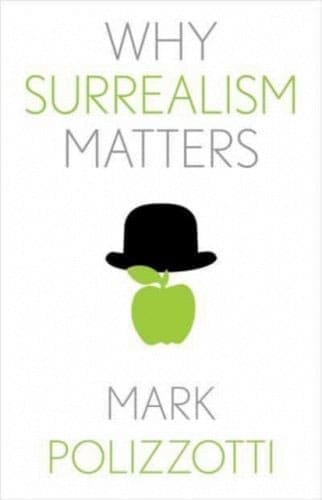
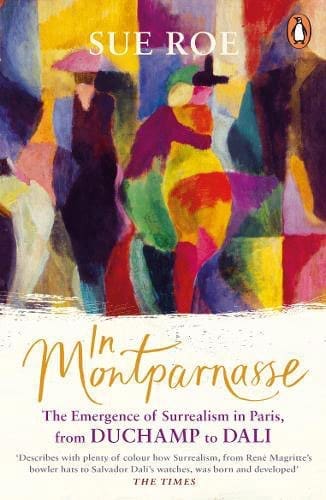
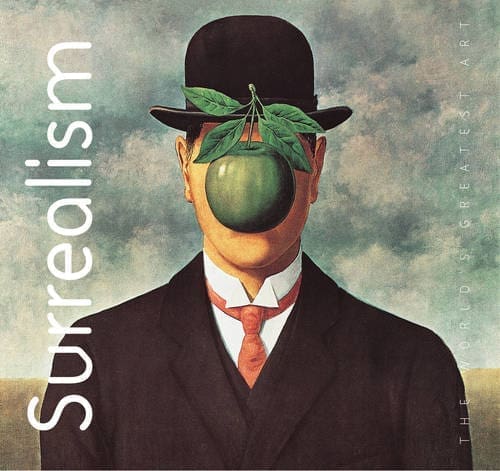

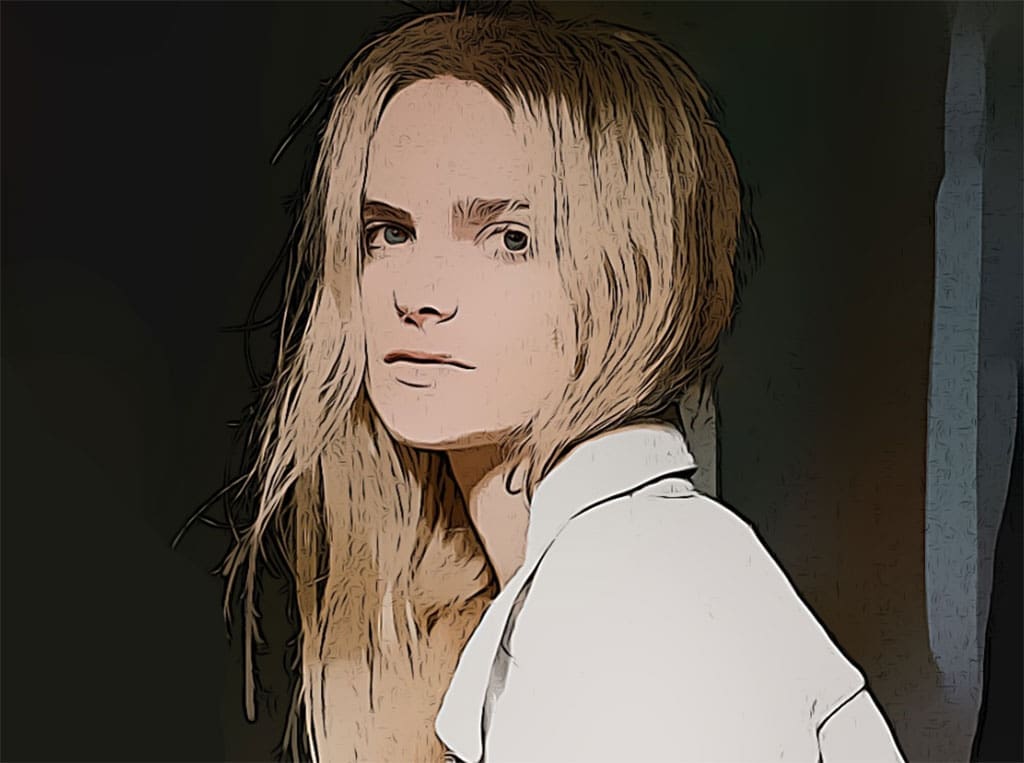

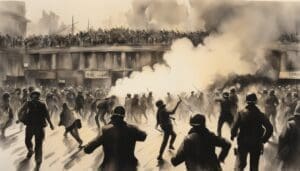



















Leave a Comment